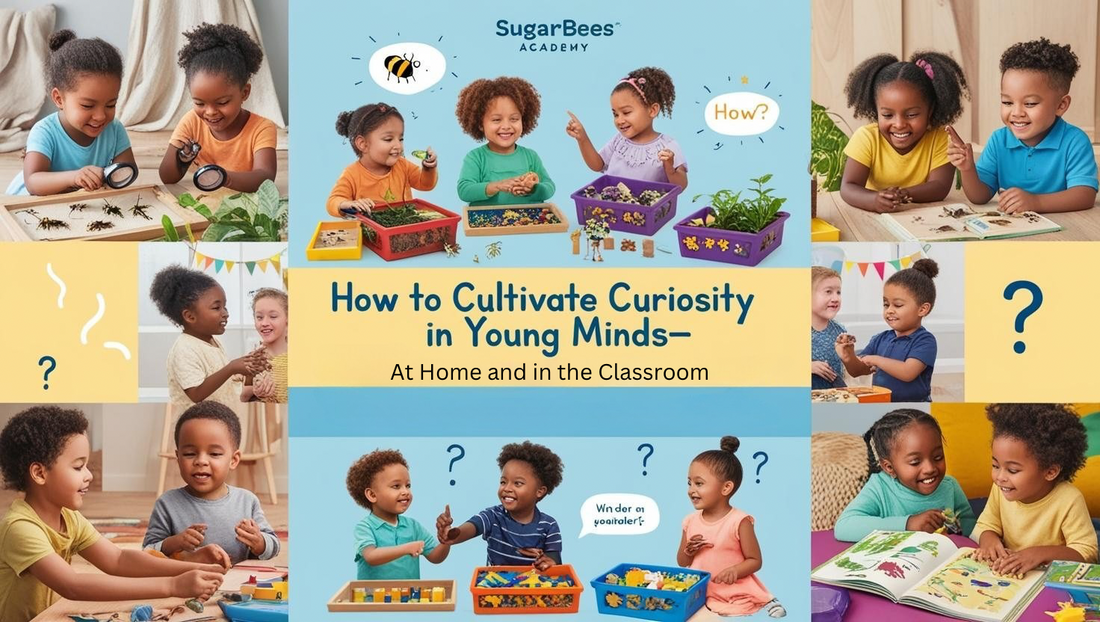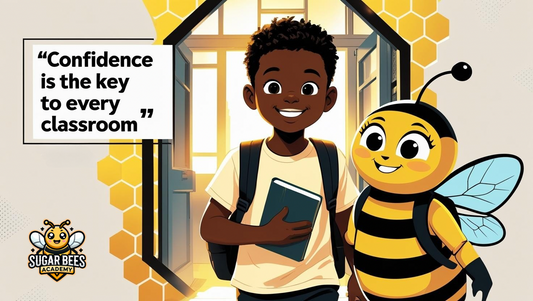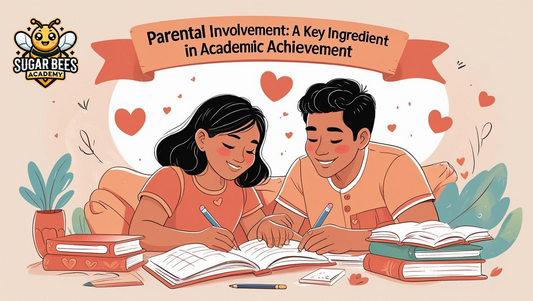
How to Cultivate Curiosity in Young Minds—At Home and in the Classroom
Share
At SugarBees Academy, curiosity is more than a personality trait—it’s a powerful driver of growth and discovery. A curious child asks questions, explores freely, and sees the world with wonder. It’s through this lens of curiosity that real learning happens.
In our classrooms, we create experiences that invite children to look closer, wonder aloud, and take the lead. But curiosity doesn’t stop at school doors—it’s something that can be nurtured at home, too.
Here’s how families and educators can work together to cultivate this essential quality in young minds.
⸻
Why Curiosity Matters in Early Childhood
Curiosity fuels exploration, problem-solving, and critical thinking—all skills that support academic and emotional success. When children are curious, they:
• Engage more deeply in activities
• Persist through challenges
• Develop confidence in their own thinking
• Learn to ask meaningful questions
Most importantly, curiosity leads to intrinsic motivation—a love of learning for its own sake.
⸻
In the Classroom: Creating a Culture of Wonder
At SugarBees, our classrooms are built to support open-ended exploration. Here are some of the ways we embed curiosity into our daily rhythm:
1. Invitation to Explore
Instead of rigid instructions, we offer materials and provocations that spark inquiry:
• A basket of natural objects
• Unfinished art materials
• Building blocks with no assigned task
These open the door to imaginative and self-directed learning—rooted in imagination.
2. Responsive Teaching
When a child asks “Why is the moon out during the day?” we don’t rush to answer. Instead, we might say:
• “What do you think?”
• “How could we find out?”
This encourages critical thinking and positions the child as a capable investigator.
3. Curiosity-Driven Projects
Our curriculum often includes emergent themes based on what excites the children—be it bugs, shadows, or outer space. This keeps learning relevant, joyful, and connected to their world.
⸻
At Home: Simple Ways to Nurture Curiosity
Parents are children’s first teachers. Here are some easy ways to support curiosity at home:
1. Make Time for Questions
Rather than offering immediate answers, try turning your child’s question into a conversation. Ask follow-up questions or encourage them to guess. Let them be the detective.
2. Provide Unstructured Play Time
Free play is fertile ground for exploration. Keep open-ended toys like wooden blocks, art supplies, and dress-up clothes available—and let your child lead.
3. Explore Together
Go on nature walks, visit the library, or cook a new recipe. Every shared activity is a chance to learn side by side.
4. Encourage Wonder Through Books
Choose books that prompt big questions and imagination. After reading, ask your child, “What would you do in this story?” or “What else could happen?”
⸻
The Role of Environment in Fostering Curiosity
Both at home and in school, the physical environment plays a critical role in sparking curiosity. Think about:
• Natural lighting and calming colors
• Easy access to books, art supplies, and science tools
• Quiet spaces for deep thinking and discovery
At SugarBees, our classrooms are designed with intention—because we know that a child’s environment is a teacher, too.
⸻
Curiosity as a Core Value
When we prioritize curiosity, we honor each child’s unique way of thinking and growing. We help them become problem solvers, creators, and compassionate citizens—deeply rooted in our values of joy, exploration, and empathy.
And by creating strong school-home connections, we build a community that encourages curiosity not just in the classroom, but in every part of a child’s life.
⸻
In Summary: Cultivating Curiosity Is a Shared Journey
When we nurture curiosity, we do more than teach—we awaken a love of discovery that lasts a lifetime. At SugarBees Academy, we’re honored to walk alongside families and children on that journey, guiding little explorers as they ask big questions and dream even bigger dreams.
Together, we raise curious minds and compassionate hearts—ready to take on the world with wonder.



